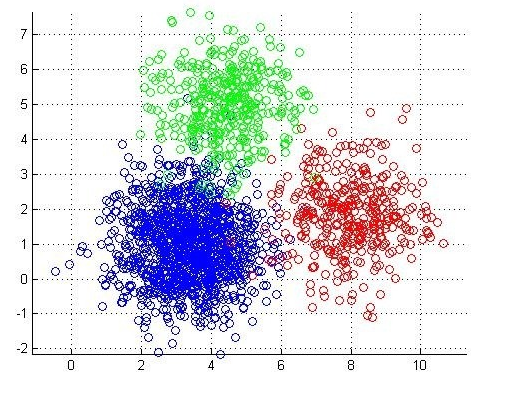After selecting the layers that will be part of the analysis, it is possible to choose the ambientation/zoning method to use. The available options for delineating the zones are:
Equidistant Method:
With the equidistant ambientation method, it divides the environments into equal intervals that can be later editable by the user. In this way, the layers will be normalized (adjusted to a common scale) and then additively joined. Each layer will be weighted based on the adjustment factor assigned to it.
Natural breaks Method:
It divides the environments based on the similarity of the data so that the variation within each is minimal, and the variation between environments is maximal.
Quantiles Methods:
It groups data with equal or similar values into environments of equal size.
Método K-means
It divides the environments based on the similarity of the data through clustering, which uses a central point called the centroid. This centroid is iteratively adjusted to its position, minimizing differences between the data and generating environments that are as similar as possible.

